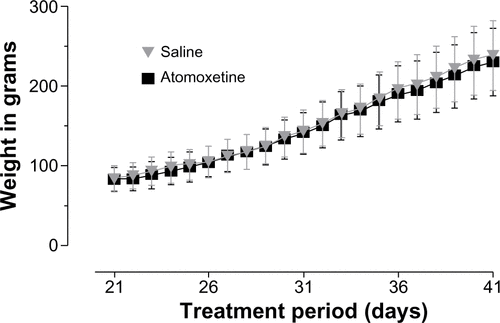Figures & data
Figure 1 Summary of the mRNA and protein analysis.
Abbreviations:
Grin, glutamate receptor ionotropic N-methyl-D-aspartate; HC, hippocampus; MES, mesencephalon; NET, norepinephrine transporter; NR, N-methyl-D-aspartate receptor subunit; PFC, prefrontal cortex; PND, postnatal day; Slc6a2, solute carrier family 6 member 2; Snap25, synaptosomal-associated protein 25 kDa; STR, striatum; Syp, synaptophysin; mRNA, messenger RNA.

Figure 2 Atomoxetine induced changes on Slc6a2 messenger (m)RNA and NET levels.
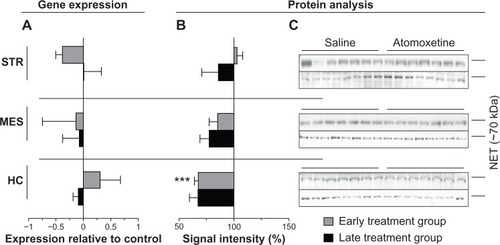
Figure 3 Atomoxetine induced changes on Grin1 messenger (m)RNA and NR1 levels.
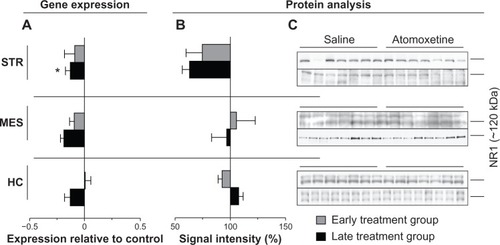
Figure 4 Atomoxetine induced changes on Grin2A messenger (m)RNA and NR2A levels.
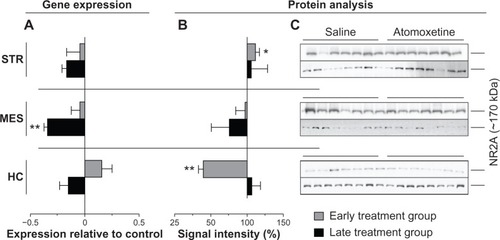
Figure 5 Atomoxetine induced changes on Grin2B messenger (m)RNA and NR2B levels.
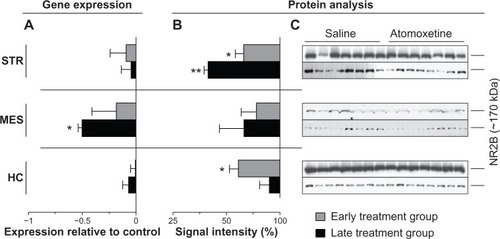
Figure 6 Atomoxetine induced changes on Syp messenger (m)RNA and protein levels.
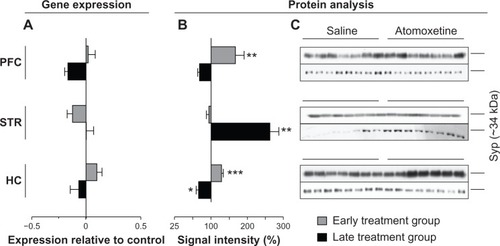
Figure 7 Atomoxetine induced changes on Snap25 messenger (m)RNA and protein levels.
Abbreviation: MES, mesencephalon.
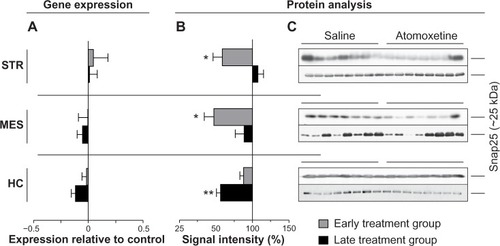
Figure S1 Weight gain of male adolescent rats during treatment period.
